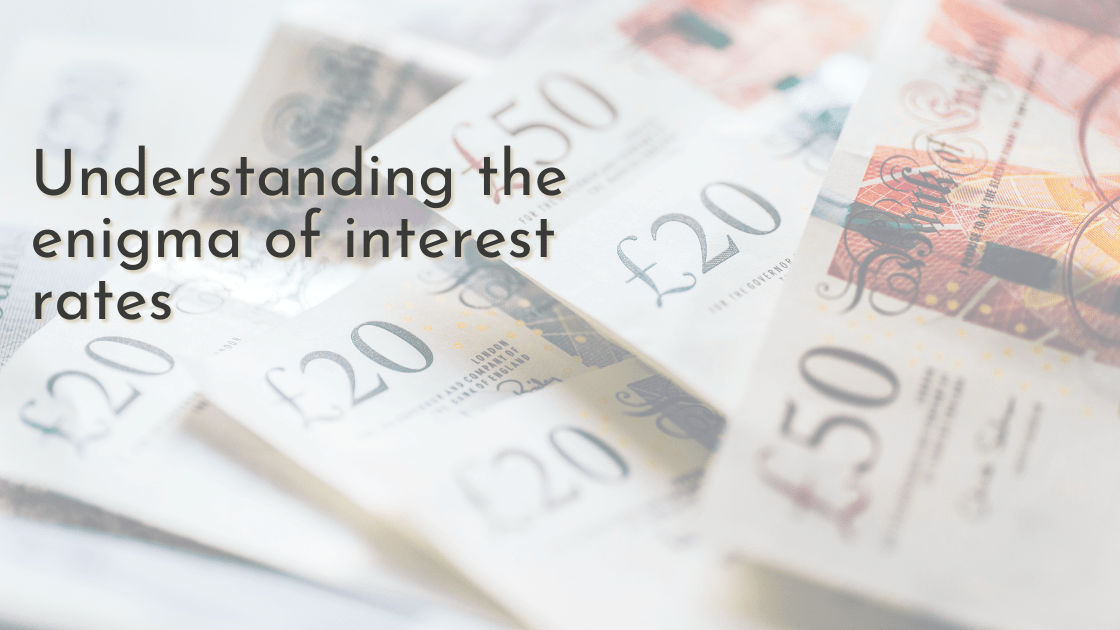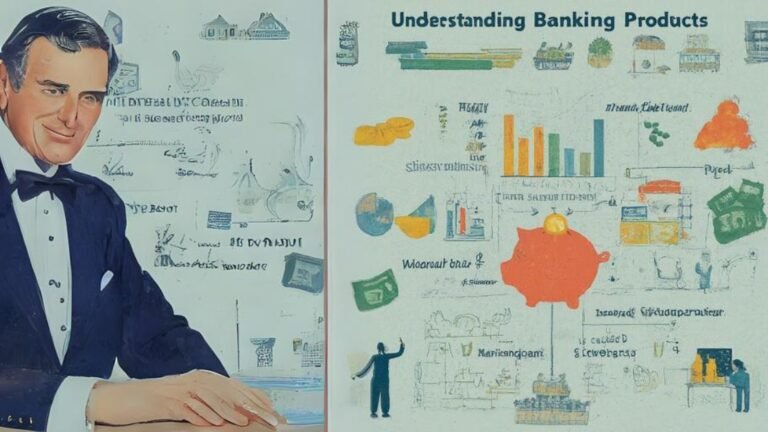Understanding the enigma of interest rates
Interest rate is simply the percentage of the principal that you either supposed to pay or receive in a given time. Hence it is a factor that everyone must consider seriously before either making an investment or taking credit. Low interest rate selection can save you a substantial amount of money and an investment made with a high rate of interest can maximize your future profits.
Understanding the basics
The rate of interest in layman terms is percentage rate at which your principal amount will be either giving you profits or charges for the tenure decided. The interest rate can either be fixed or variable. The fixed rate remains same for the entire term of your loan or investment whereas variable rate is the one that will be varying according to market trends or fluctuations in bench marked rates.
To cater the entire demand spectrum of individuals and businesses banks and financial institutions in United Kingdom offers various kinds of interest rates which will be discussing in detail below.

Types of interest rates
Base Rate: In simple terms base rate is the rate calculated by the Bank of England and is used by other banks as a standard to regulate their interest charges for loans, mortgages, investments etc. This base rate is actually a standardized benchmark for the various financial institutions to set up their interest rates as it is determined by Bank of England which is a financial regulating body in United Kingdom. We can say in a simple and lucid way that interest rates of all banks and financial institutions depends on how the base rate is varying.
Mortgage Rates: As the name suggests it is just the percentage at which you get your mortgage for your property. Mortgage rates can depend on factors which quantify your eligibility for application for mortgage like loan to value ratio and credit worthiness, credit score etc. These can also vary with variation in base rate as it is the bench marking factor. Also, they can vary due to the external market factors like competition, entry of a new market leader in the sector.
Personal Loan Rates: Personal loans are basically the loans provided by the banks for customers with good credit score for various personal uses ranging from debt consolidation to large purchases. These are unsecured loans with either fixed or variable rate of interest completely depending on the bank and the offer available to the customer.
Credit card rates: Credit cards can be considered as the lifeline of credit for modern consumers. These are used for everything including groceries, travel, entertainment, education etc. These are provided to the individuals with good credit score and credit management. Credit cards can provide various benefits like promotional interest rate offers; balance transfer offers etc. in terms of interest rate benefits. Apart from these credit cards do provide the customers with cash back and benefits in getting various offers for loans if the customer is maintaining credit card really well and paying on time. The interest rates in credit card have normally two components one is the prime rate and the other is bank rate when combined together called annual purchase rate for the card. People who know how to shuffle the debt can take advantage of credit cards to the fullest.
Savings Account Rates: This is the rate of interest at which your deposited money grows in your savings account. The savings account rates may vary depending on the type of savings account you have which can be either notice accounts, easy access accounts, fixed rate bonds etc. These rates vary with the base rate, competition in the market and funding expense estimated by the bank and the various marketing strategies of the bank.
Business Loan Rates: As the name implies business loans is a lending service offered by the banks to various businesses and the rates at which loan is to be returned is simply known as business loan rate. Corporations may use these loans for fund raising, getting new machinery. Expansion of business etc. These loans rates vary in accordance with the amount of the loan, tenure of loan, creditworthiness of business etc.
Overdraft Rates: Banks usually offer overdraft service in which the customers can withdraw money exceeding than what is available in their current accounts the rate of interest that the customer should pay the bank to do so is called overdraft rate. Your overdraft rate can be affected by the type of overdraft which can be either arranged overdraft or unarranged overdraft. Sometimes there can be an additional cost associated for utilizing the overdraft along with the interest rate.
Exploring the Dynamics of interest rates
Changes in the interest rates effect the customers’ borrowing and saving habits which impacts profitability and competitiveness of financial institutions. If customers are aware about the factors that effect the interest rates of the financial institutions, they would be able to take right decisions regarding their debt and investments.
Base Rate Set by the Bank of England: We can say that the interest rates of retail banks are function of base rate because if base rates are changed the interest rates change. This base rate is regulated by the Monetary Policy Committee of England. The base rate is a function of various economic factors like inflation rate, projected economic growth, employment rates etc. Changes in the base rate can be used to tackle the changes in these economic factors by the central bank.
Market Competition: Interest rates are affected by the changes in the market and the competitors. To cope up with the changes in the market and the strategic actions of competitors the banks have to change the interest rates ensure their profitability and maintain the market share. There are various characteristics which defines competition in the retail banking like technical innovation, customer service, better product differentiation. If the competitors are increasing their efficiency in these characteristics banks would have to rethink about their pricing strategies and interest rates offered.
Cost of Funds: Interest rate charged by the bank can be seen as the direct function of the cost which the bank bear in getting the funds for lending them out to the customers. Resources that bank depend on like capital markets, consumer’s deposit etc. have risks associated with them. Any change in these sources of funds will have substantial changes in the interest rates, changes like change in investor sentiment, regulatory changes, fluctuation in market rates will change the interest rates offered by the banks to the customers.
Regulatory Environment: Rules and regulations set and enforced by the bodies like Financial Conduct Authority and Prudential Regulation Authority models the operating conditions for the banks and as a response to this change banks changes their interest rates to make sure that they are profitable under these circumstances. Regulations like capital criteria, liquidity limits, consumer protection can have substantial effects on risk profiling and capital structures of the banks which in turn changes the interest rates offered by them.
Credit Risk: The higher the probability of the customer to default the credit greater will be the interest rate charged. Banks or financial institutions evaluate probability of default for a credit based on various factors like income, debt to income ratio, credit score etc. The more the probability of default the greater is the credit risk.
How to use these variations to your advantage
In simple words you need to minimize the interest that you will be paying for credit and maximize the return on your investment. You can easily achieve this by observing the offers and interest rates offered with them. You can do shuffling of the credit by using balance transfers and take the advantage of nearly zero percent interest rates. For money invested you can track the trends and find out which bank and which account will give maximum returns. It just takes a little analysis that you can even do a spreadsheet tool and you will be amazed by the amount that you will end up saving.








